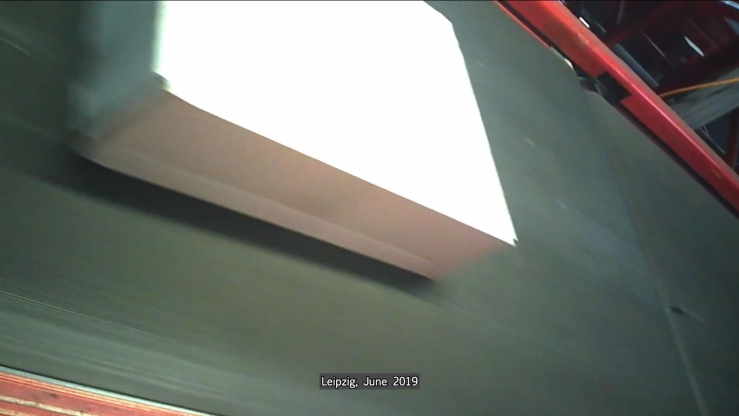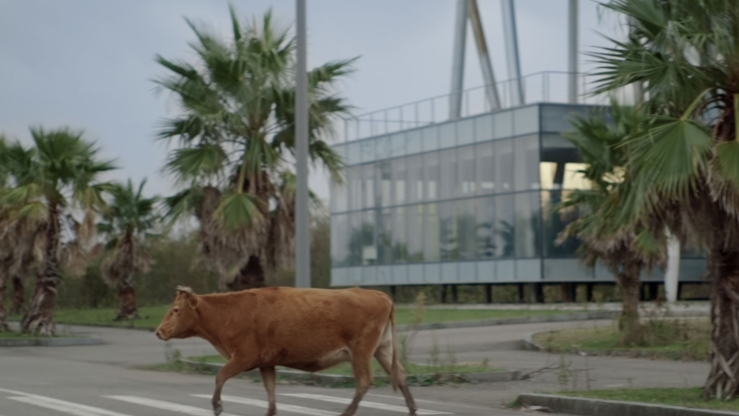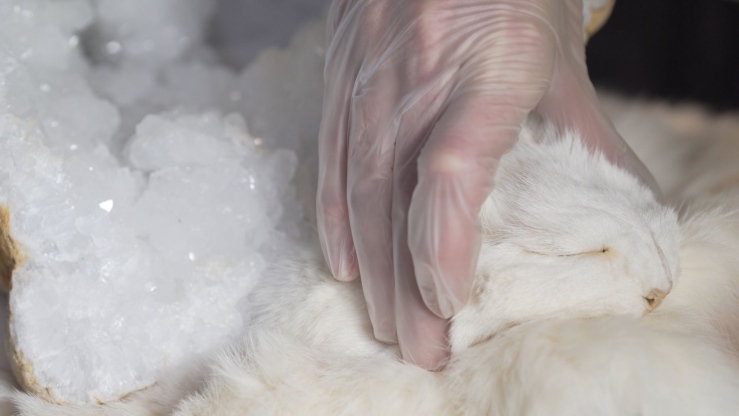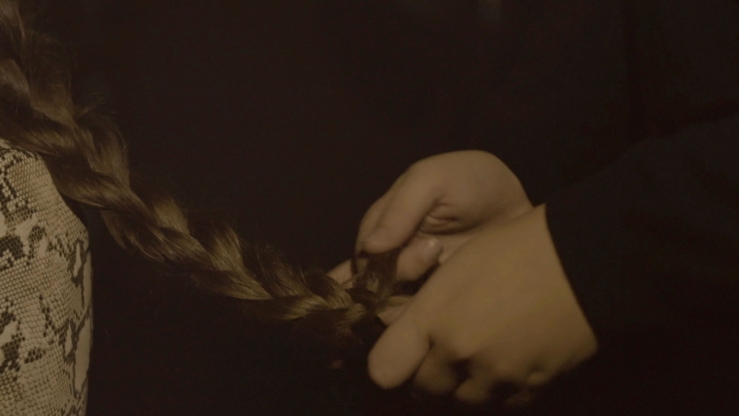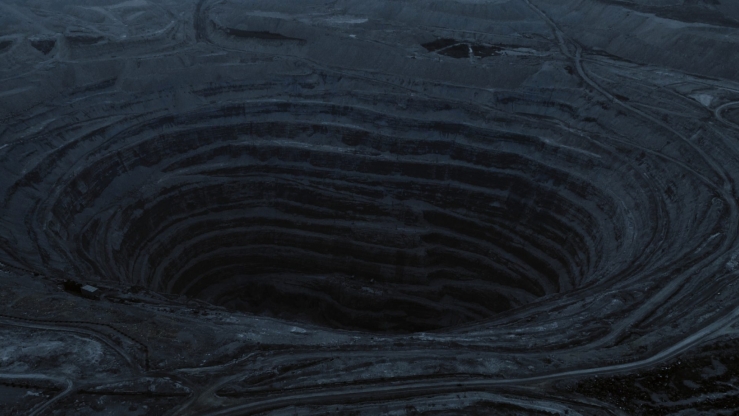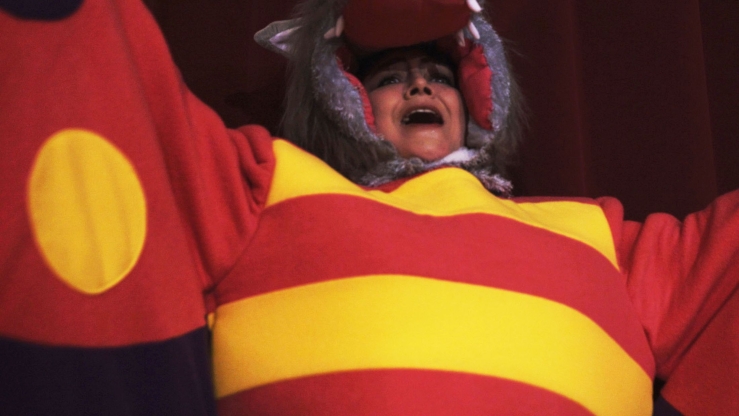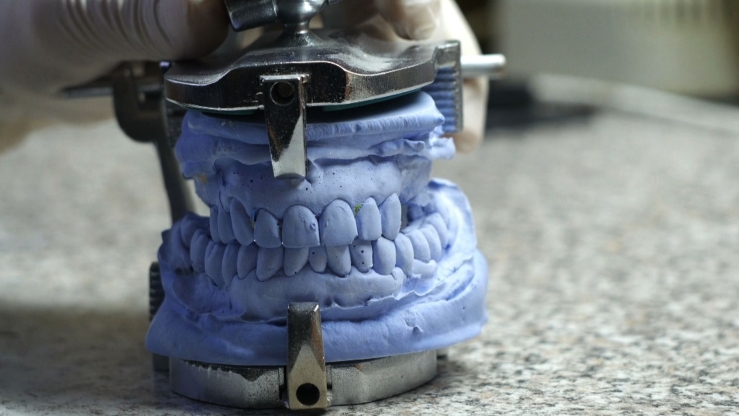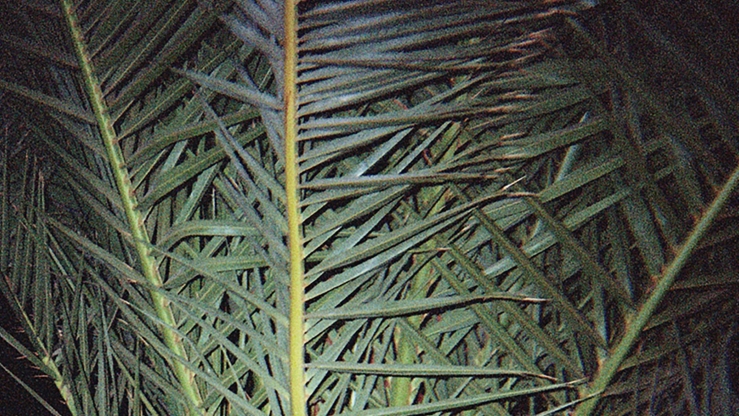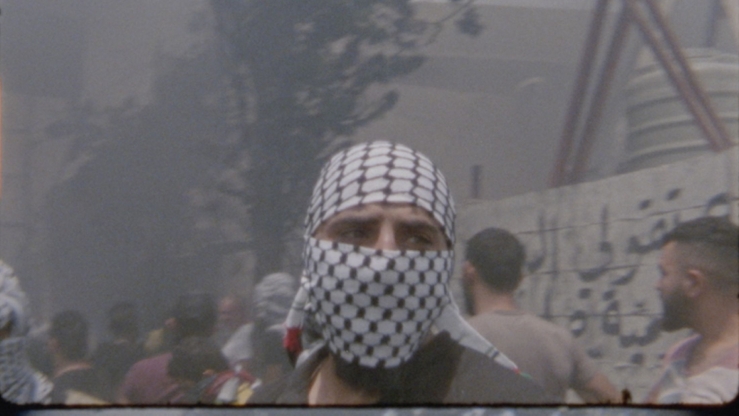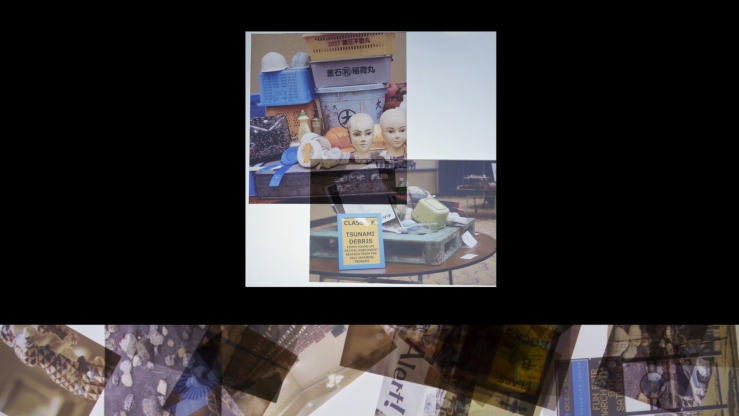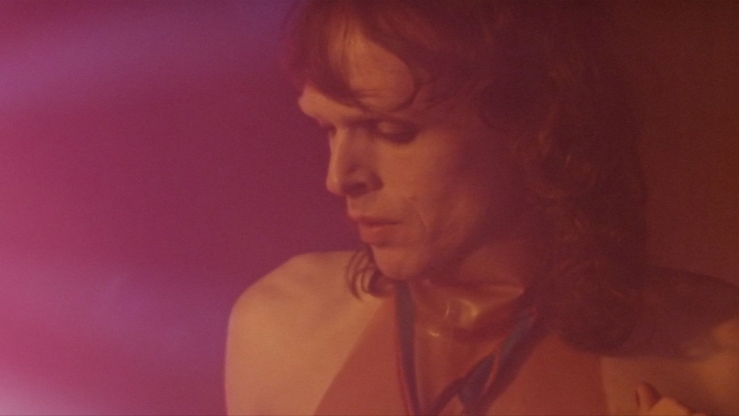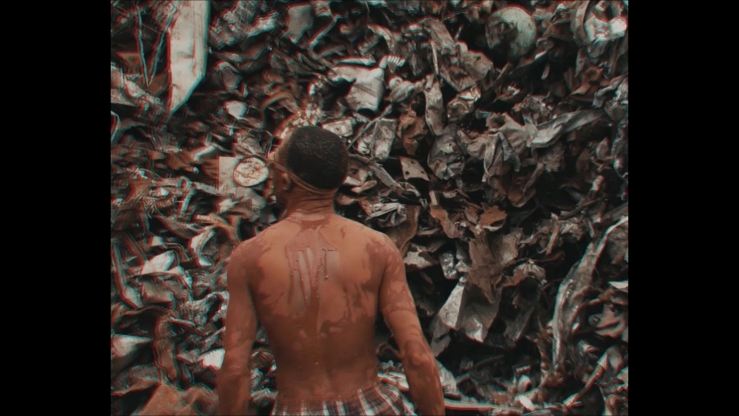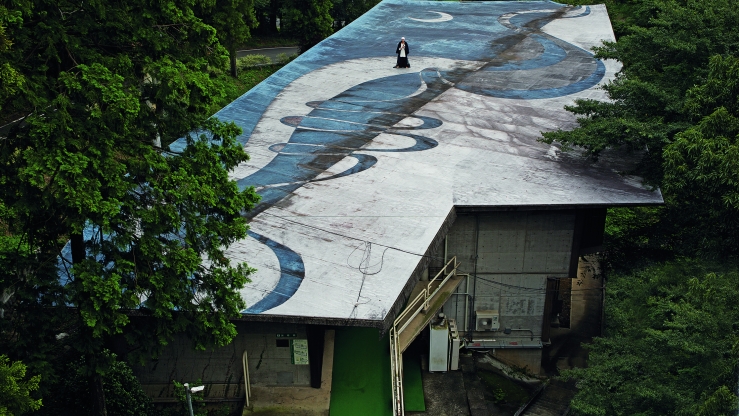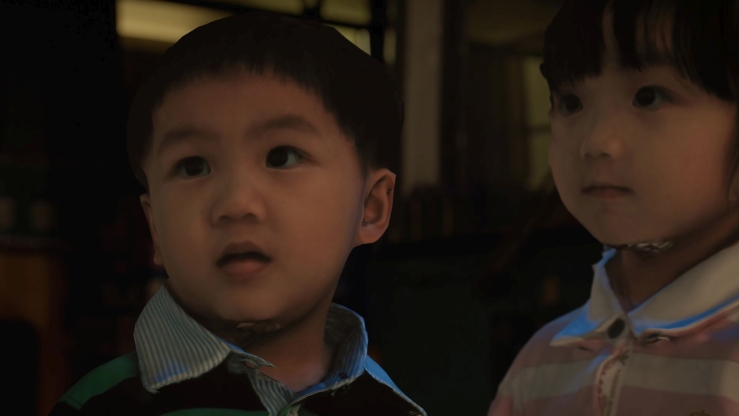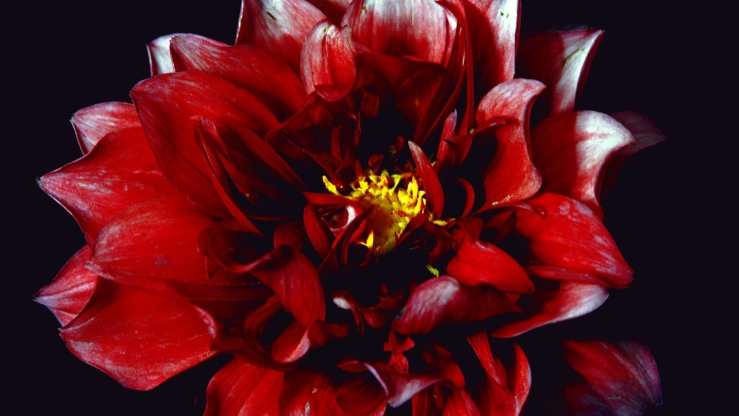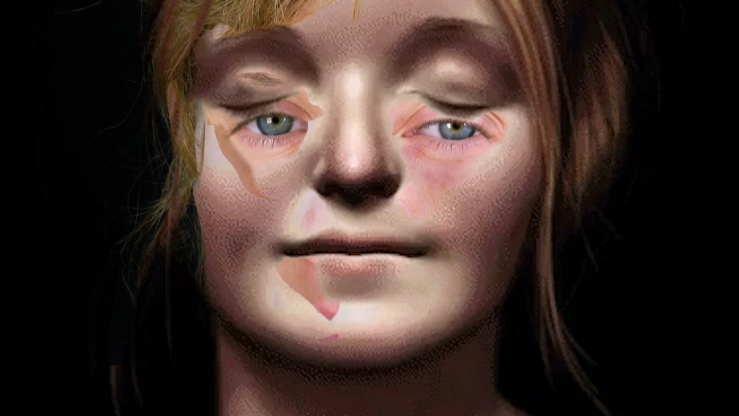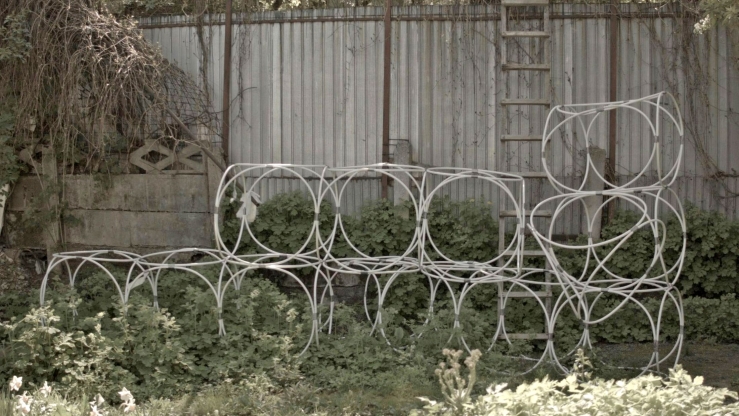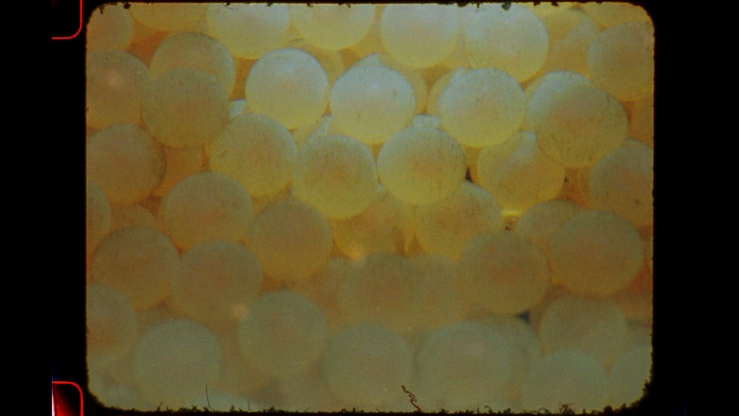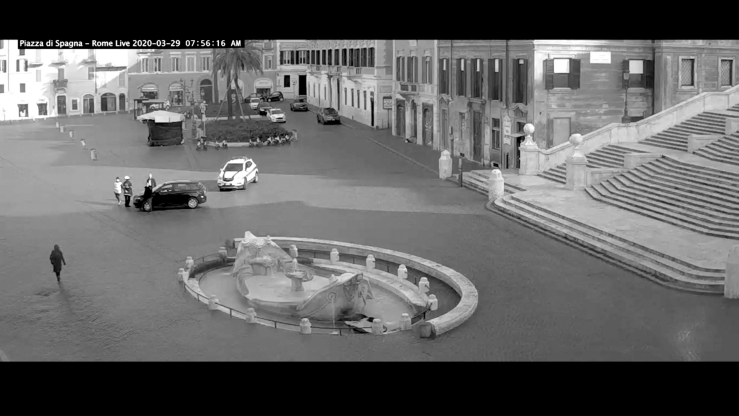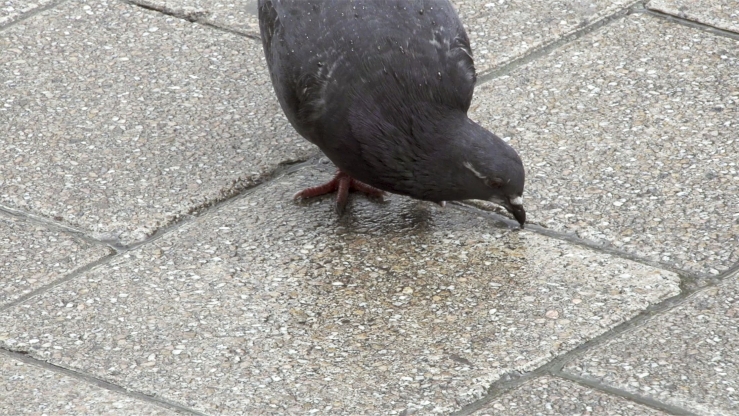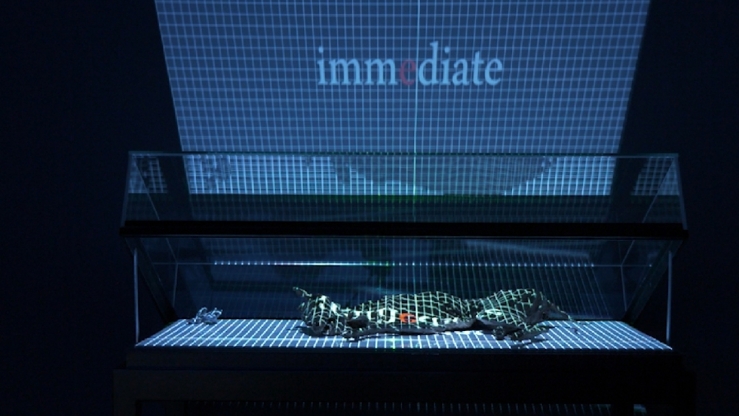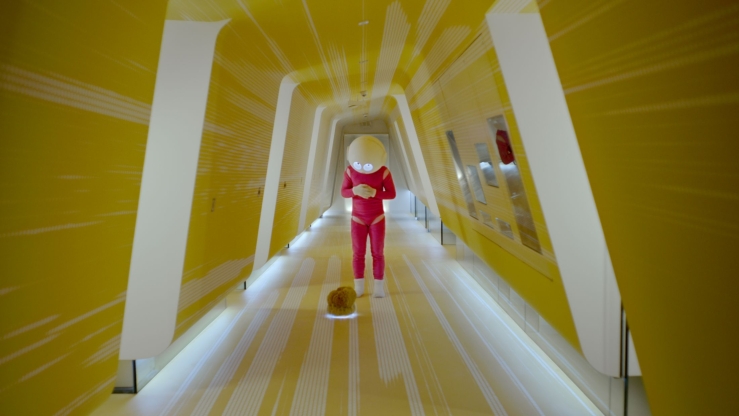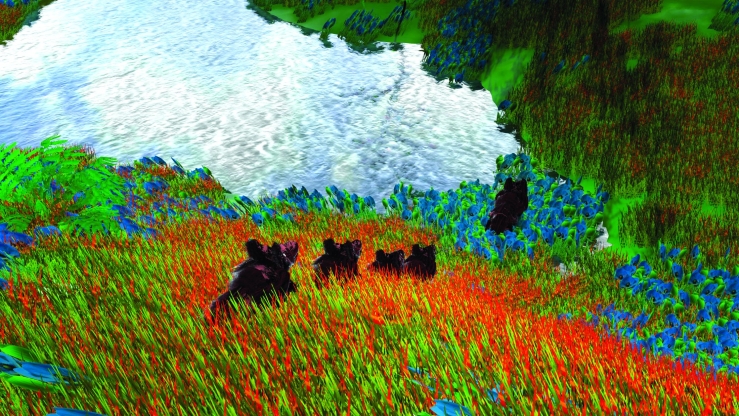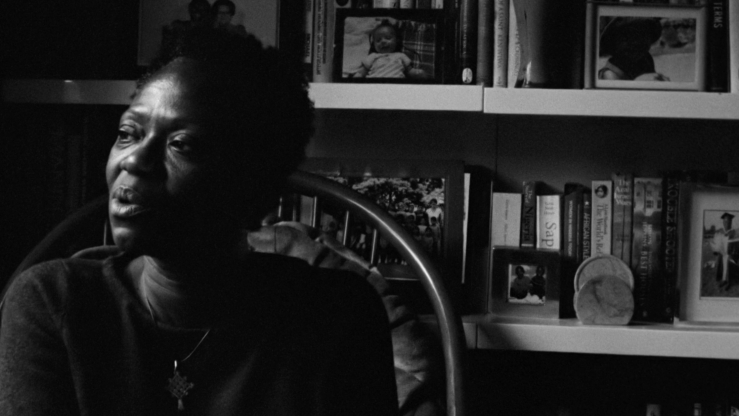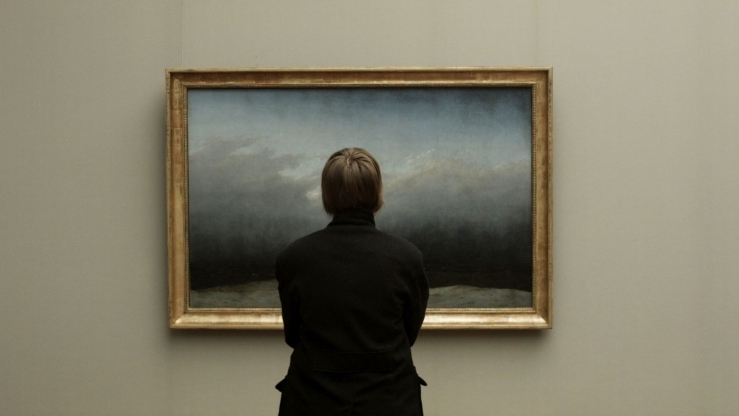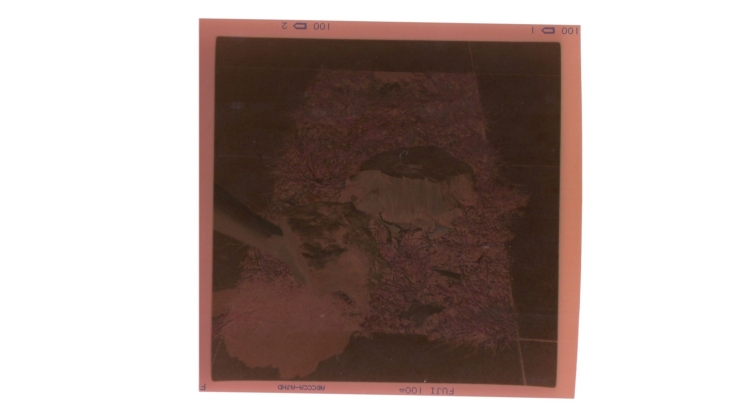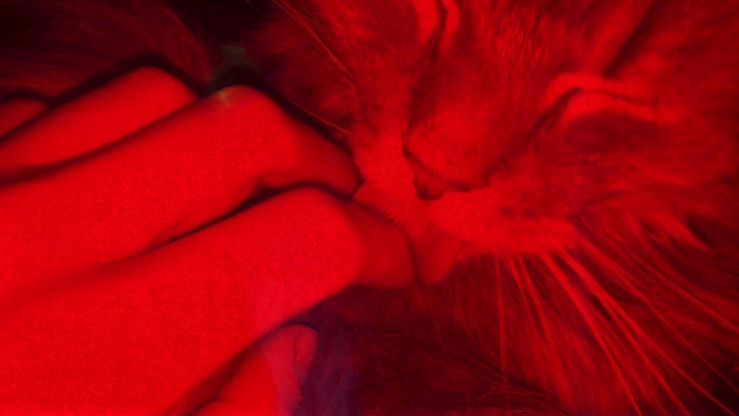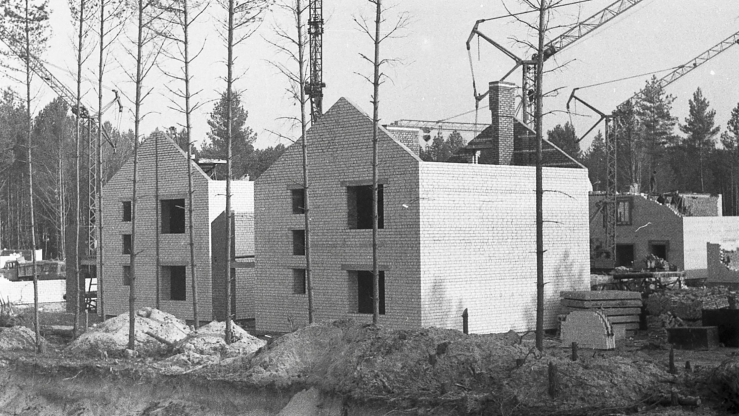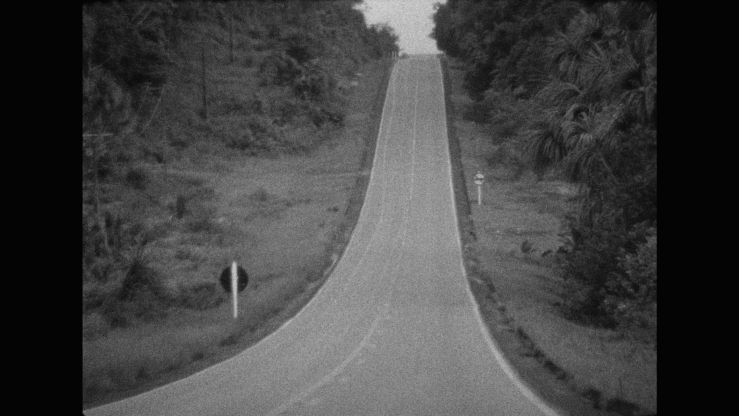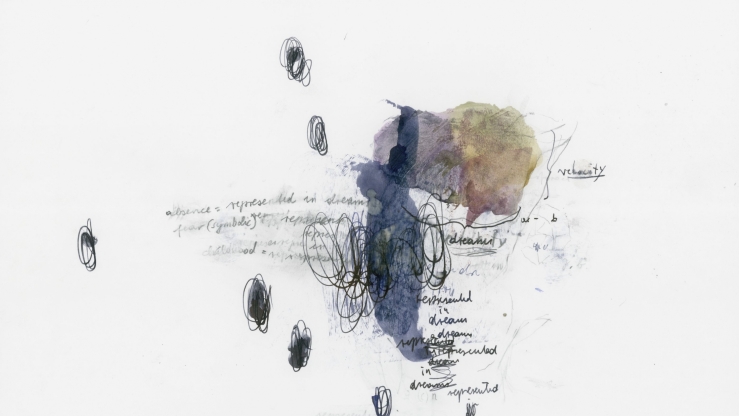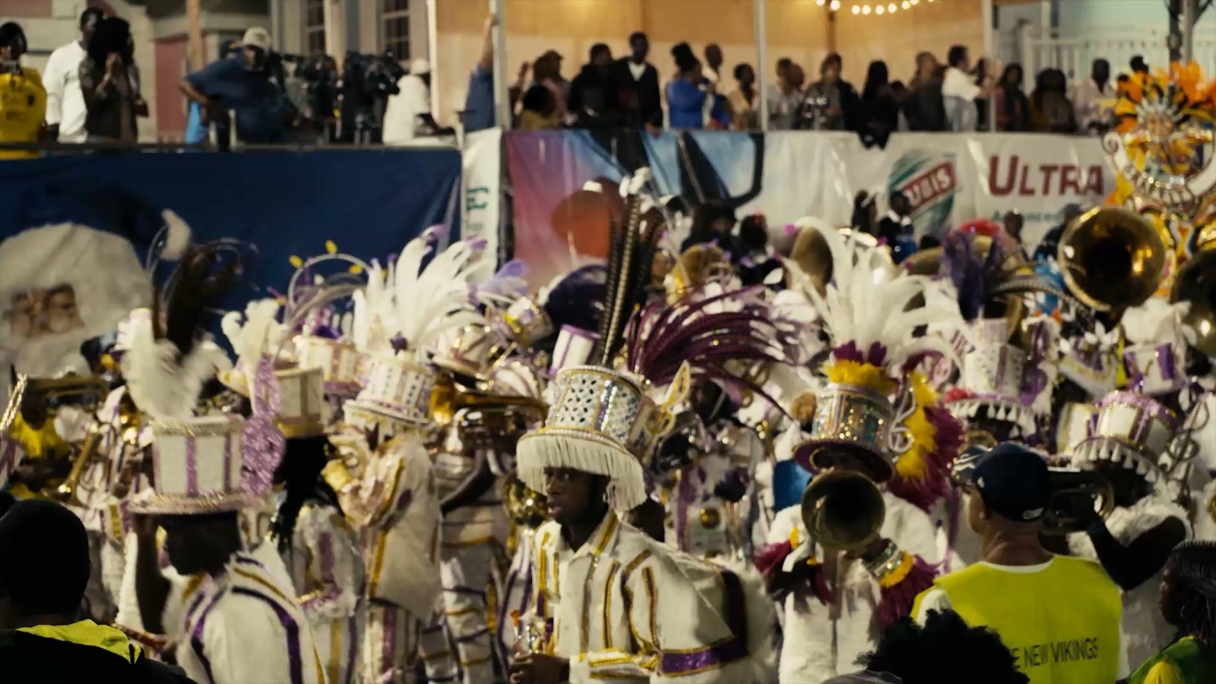
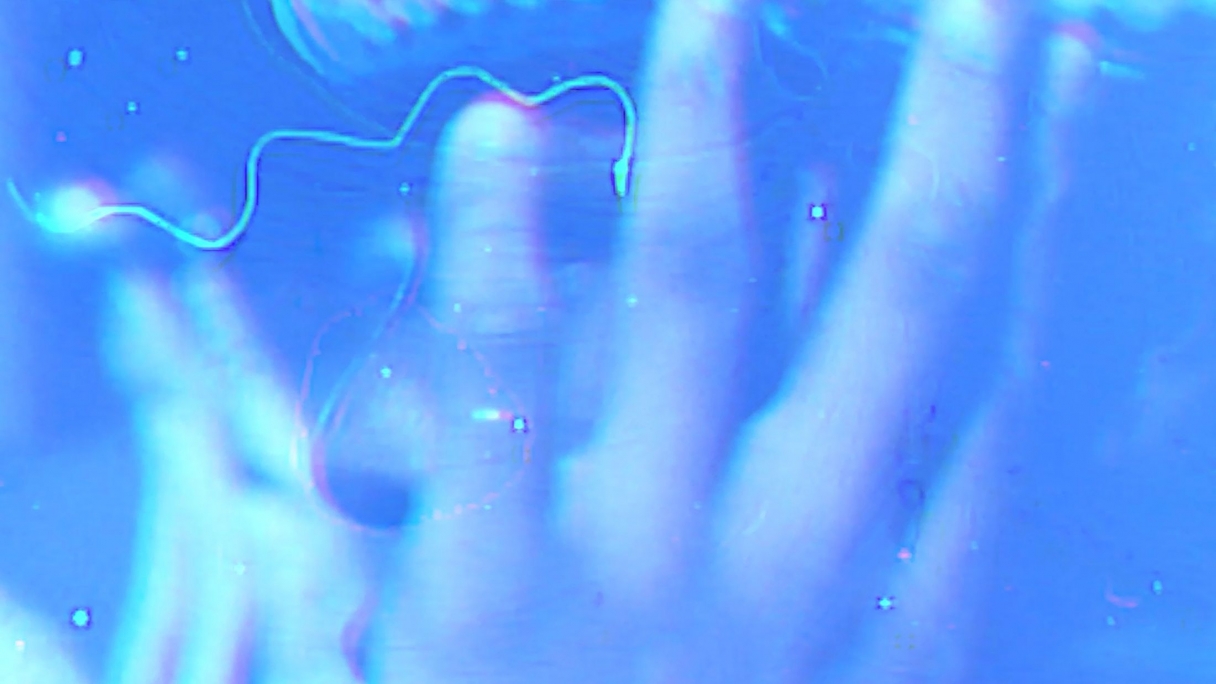
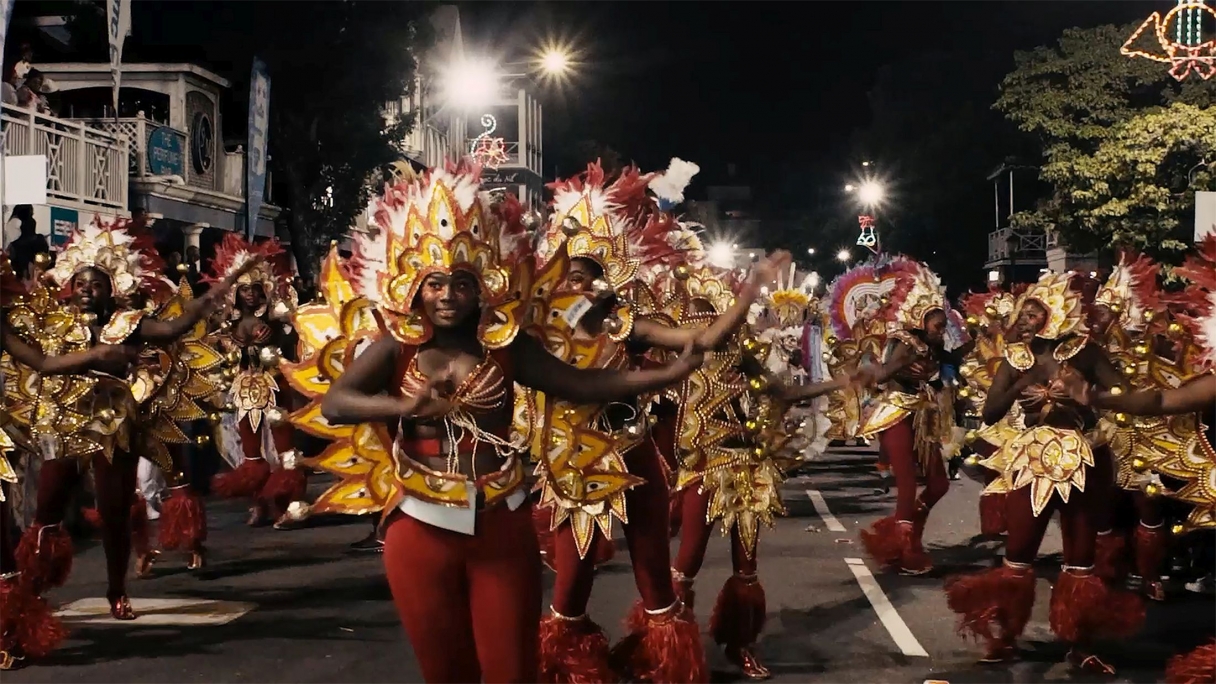
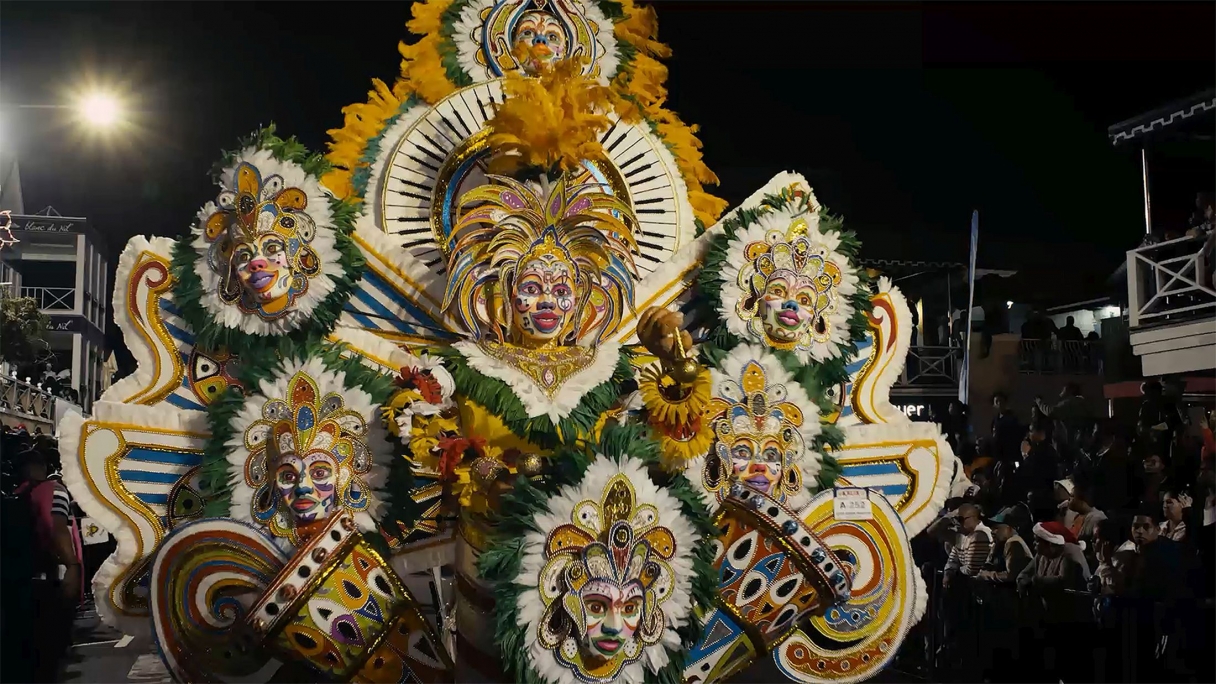
Rhea Storr &
»There is no need to look at an easy afro-futurism with space ships and mystical spiritualism. The Afro-future is here [...].«
Rhea Storr delves into the world of Junkanoo, a form of carnival as it is celebrated in the Bahamas. Originally brought into being by slaves who were only freed at Christmas, it almost disappeared after the abolition of slavery. In recent years, the festival has been revived in the Bahamas and now offers a spectacle for thousands of participants and spectators. At the center of Storr's work are the Shell Saxon Superstars, a group of more than one thousand people, as they spend months of work creating their elaborate costumes, some of which are larger-than-life, that motivically stage and subvert political themes, national pride, or other countries. To the pulsating rhythm of goatskin and plastic drums and a horn section with brass instruments and bellers, they finally dance and march through the streets on Boxing Day and New Year's Day. At the end of the procession, the coveted prizes for the best music, the best costume, or the best overall group presentation are awarded.
Storr works analog, both on the image and sound level. According to her, the grainy and imperfect aesthetics of 16mm-film are particularly suitable for filming bodies and costumes. She deliberately uses light leaks and other disturbances in film development. In addition, she prefers the slower working process, which, unlike in digital technology, does not show a directly visible result. The soundtrack consists mainly of samples. Among other things, she montages sounds from comets or from space equipment such as the Mars Rover and interviews with members of the Shell Saxon Superstars. An afro-futuristic aesthetic is rooted in the sounds, which are as it were extraterrestrial.
Storr's artistic practice often deals with carnival and masquerade. Her interest in Junkanoo stems from her own British-Bahamian roots and helps her to learn more about her cultural heritage, the artist says. Carnival offers a space for exuberant celebration and, at the same time, has subversive potential. As a form of protest, it parodies political and social circumstances and affirms national identity and the visibility of black bodies. Afro-futurism is not expressed here as a speculative black blueprint for the future, but as a striving for a future in which black people want to live, right now: The Afro-future is here! (Lisa Bosbach)
Artist statement
My practice is concerned with the readability of images, particularly those of Black and mixed- race women. As the politics of masquerade, costume and spectatorship continue to permeate my work, I consider how these forms of play might also be forms of authority or culturally powerful. The abstract blue colour fields which permeate Here is the Imagination of the Black Radical, are created to destabilise. Often, I embrace the grainy or textural qualities of analogue images as a means to represent a Black body otherwise, to re-narrate or revise a dominant framework. (Rhea Storr)
* We can only show an excerpt of this work in the online archive. For the complete version, please contact the artist.
Images: Rhea Storr, Here is the Imagination of the Black Radical, 2020 © Rhea Storr
By continuing to visit this site, you accept the use of cookies by Matomo Analytics for statistical purposes.
About the Artist
About the Work
By continuing to visit this site, you accept the use of cookies by Matomo Analytics for statistical purposes.
By continuing to visit this site, you accept the use of cookies by Matomo Analytics for statistical purposes.

